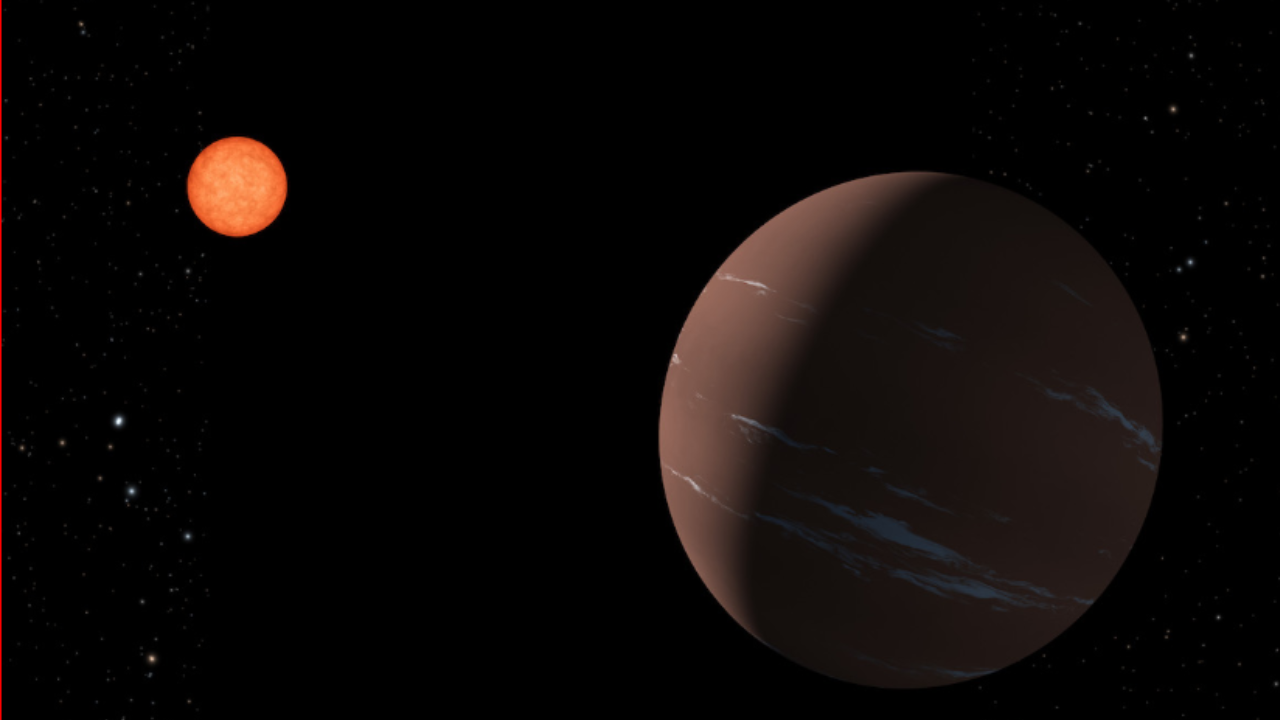NEW DELHI: US space agency Nasa has made the discovery of a “super-Earth,” a planet potentially capable of supporting life, situated 137 light-years away.
In a press release Nasa stated, “A ‘super-Earth’ ripe for further investigation orbits a small, reddish star that is, by astronomical standards, fairly close to us – only 137 light-years away. The same system also might harbour a second, Earth-sized planet.”
The planet, named TOI-715 b, is approximately one and a half times the width of Earth and orbits a small, reddish star relatively close to us in astronomical terms.Nasa suggests that it may be within the “conservative” habitable zone, where liquid water could exist on its surface. The planet completes a full orbit in 19 days.
“Several other factors would have to line up, of course, for surface water to be present, especially having a suitable atmosphere. But the conservative habitable zone – a narrower and potentially more robust definition than the broader ‘optimistic’ habitable zone – puts it in prime position, at least by the rough measurements made so far. The smaller planet could be only slightly larger than Earth, and also might dwell just inside the conservative habitable zone,” they added.
The planet orbits a red dwarf, a smaller and cooler star compared to the Sun. Many such stars are known to host “small, rocky worlds.”
Nasa stated, “These planets make far closer orbits than those around stars like our Sun, but because red dwarfs are smaller and cooler, the planets can crowd closer and still be safely within the star’s habitable zone. The tighter orbits also mean those that cross the faces of their stars – that is, when viewed by our space telescopes – cross far more often.”
Discovered by the Transiting Exoplanet Survey Satellite (TESS), the shorter orbit duration facilitates scientists in detecting and studying the planet. Nasa plans to further scrutinize TOI-715 b using the James Webb telescope, focusing on aspects such as the planet’s mass and whether it can be classified as a “water world.” The planet’s properties will play a crucial role in understanding its atmosphere and potential habitability.
In a press release Nasa stated, “A ‘super-Earth’ ripe for further investigation orbits a small, reddish star that is, by astronomical standards, fairly close to us – only 137 light-years away. The same system also might harbour a second, Earth-sized planet.”
The planet, named TOI-715 b, is approximately one and a half times the width of Earth and orbits a small, reddish star relatively close to us in astronomical terms.Nasa suggests that it may be within the “conservative” habitable zone, where liquid water could exist on its surface. The planet completes a full orbit in 19 days.
“Several other factors would have to line up, of course, for surface water to be present, especially having a suitable atmosphere. But the conservative habitable zone – a narrower and potentially more robust definition than the broader ‘optimistic’ habitable zone – puts it in prime position, at least by the rough measurements made so far. The smaller planet could be only slightly larger than Earth, and also might dwell just inside the conservative habitable zone,” they added.
The planet orbits a red dwarf, a smaller and cooler star compared to the Sun. Many such stars are known to host “small, rocky worlds.”
Nasa stated, “These planets make far closer orbits than those around stars like our Sun, but because red dwarfs are smaller and cooler, the planets can crowd closer and still be safely within the star’s habitable zone. The tighter orbits also mean those that cross the faces of their stars – that is, when viewed by our space telescopes – cross far more often.”
Discovered by the Transiting Exoplanet Survey Satellite (TESS), the shorter orbit duration facilitates scientists in detecting and studying the planet. Nasa plans to further scrutinize TOI-715 b using the James Webb telescope, focusing on aspects such as the planet’s mass and whether it can be classified as a “water world.” The planet’s properties will play a crucial role in understanding its atmosphere and potential habitability.


